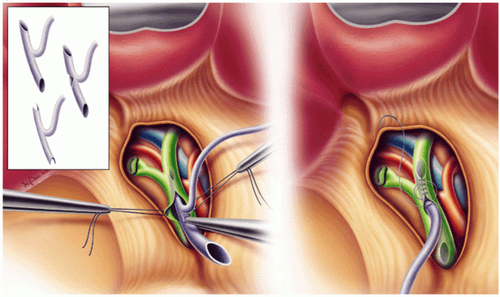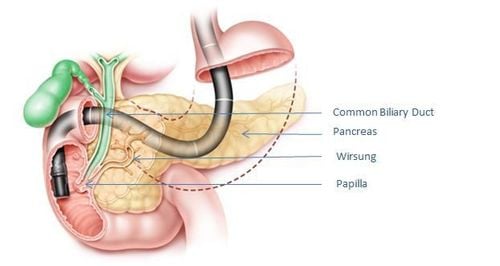This is an automatically translated article.
The article is professionally consulted by Specialist Doctor I Dong Xuan Ha - Department of Medical Examination and Internal Medicine - Vinmec Ha Long International General Hospital.
Biliary atresia (bile duct stenosis) includes congenital biliary atresia and secondary biliary atresia caused by other conditions. The disease causes cholestasis, biliary obstruction, reflux of bile into the liver, can cause many unpredictable complications such as cholangitis, liver abscess, secondary biliary cirrhosis, seriously affecting health health and even the life of the patient.
1. What is biliary atresia?
Bile is a fluid produced by the liver that helps the body digest fats. Bile is excreted through the bile ducts (bile ducts) and stored in the gallbladder. Bile is secreted into the small intestine after fatty meals. Bile secretion is regulated by the sphincter (the muscle of Oddi) located at the junction between the common bile duct and the duodenum (small intestine). Biliary atresia is a common clinical condition today, leading to inflammation and obstruction of the bile ducts that carry bile from the liver to the small intestine. Bile backs up into the liver because it is not circulated properly (cholestasis), causing destruction of liver cells, replacing them with scar tissue, leading to jaundice and cirrhosis. Scar formation in the liver further impedes blood flow through the liver, creating more scarring, severely impairing liver function. In addition, biliary atresia can lead to complications of acute cholangitis, liver abscess, liver failure, and secondary biliary cirrhosis.
Hẹp đường mật là tình trạng lâm sàng phổ biến hiện nay
2. Causes of biliary stricture
2.1 Congenital biliary atresia Congenital biliary atresia is a biliary tract disease that affects only neonates. In these patients, the biliary tract becomes inflamed and blocked shortly after birth. The classification of congenital bile duct stenosis is based on where the extrahepatic biliary system is narrowed: stenosis in the common bile duct, stenosis up to the common hepatic duct, or stenosis up to the hilum (most common).Causes and factors that increase the risk of congenital biliary atresia are usually:
A defect in the development of the bile duct, especially in those with other abnormalities; Occurs in the perinatal period due to an external cause such as: hepatotropic virus infection, reovirus 3, congenital cytomegalovirus infection and autoimmunity; Due to exposure to aflatoxin B1 and to a lesser extent aflatoxin B2 during the last months of pregnancy; Nationality: The rate of biliary atresia is highest in Asian countries, more common in Chinese children; Gender: Bile duct stenosis is more common in women than in men; Age: Biliary atresia is a disorder unique to the neonatal period. 2.2 Secondary biliary atresia This is a narrowing of the bile duct caused by other causes. Specifically:
Cancer: Pancreatic cancer, gallbladder cancer, biliary tract cancer, liver cancer and colon cancer; Pancreatitis; Injury to the biliary tract during cholecystectomy (accounting for 80% of cases of noncancerous biliary atresia); Injury to the biliary tract after pancreatic, gastric, liver and portal vein surgery; Primary sclerosing cholangitis: Inflammation of the bile ducts causing pain, itchy skin, jaundice, and other symptoms; Gallstones ; Abdominal trauma; Complications after radiation therapy; Other causes: Mirizzi syndrome, systemic lupus erythematosus, tuberculosis, use of chemotherapy drugs that can cause bile duct stenosis, sphincter of Oddi dysfunction or papillary stenosis,... Patients at risk Patients with high risk of biliary atresia should regularly check their liver and bile at major hospitals for an accurate diagnosis of their health status and timely and effective treatment measures.
With 14 years of experience in the field of Endoscopy - Gastroenterology, Doctor Dong Xuan Ha proficiently performs diagnostic gastrointestinal endoscopy techniques, emergency interventions and therapeutic interventions.
Currently, is a Gastrointestinal Endoscopy Doctor, Department of General Internal Medicine, Vinmec Ha Long International General Hospital. You can book an appointment for examination and treatment with Doctor Dong Xuan Ha, please contact hotline 0203 3828 188 or book online HERE.














